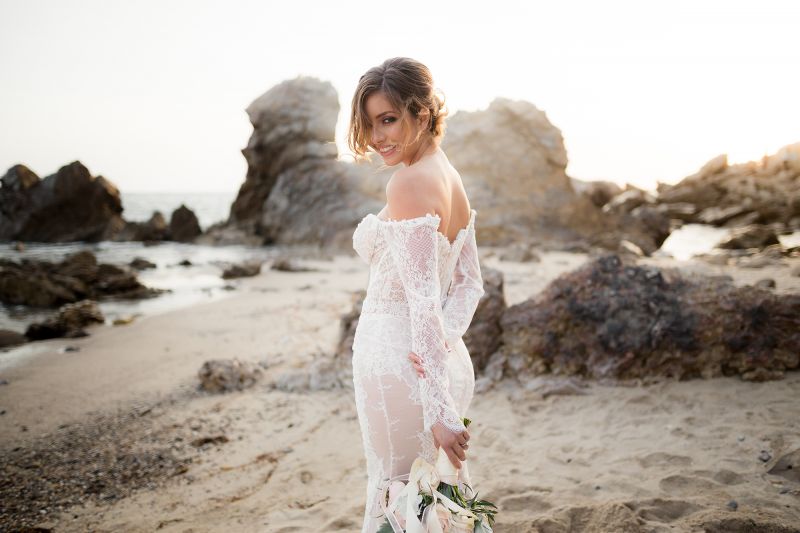
It’s a phrase as familiar to anyone who’s ever stepped in front of a lens: ‘The camera adds ten pounds.’ But what’s the truth behind this widely accepted adage? In this article, we explore the interplay of optics, light, and perspective that gives birth to this phenomenon. We explore the science behind lens distortion, the role of lighting, and how different camera angles can affect the perception of weight and body shape. Whether you’re a professional photographer, a selfie enthusiast, or simply curious about the mechanics of photography, this article will shed light on why the camera can be both a flattering friend and a deceptive foe.
Disclaimer
We embrace the fundamental principle that beauty is deeply subjective and diverse; it is not our intention to body shame or imply that being heavier diminishes attractiveness. Our aim is to equip photographers with a deeper understanding of photographic principles, enabling them to use these concepts with intent and skill, thereby avoiding unintended results that might misrepresent their subjects.
Why The Camera Adds 10 LBS Video
In just 60 seconds, we are going to explain why the camera seems to add ten pounds to people in photographs.
Lens Distortion and Perception
The type of lens used significantly impacts how weight appears in a photo. Wide-angle lenses tend to distort images, making objects closer to the camera look larger. Conversely, telephoto lenses, typically used in portrait photography, offer a more compressed perspective.
“The camera adds ten pounds.” This common phrase actually describes the effects of lens distortion caused by wide to semi-wide angle lenses, which can make people in pictures appear heavier than they really are. Wide angle lenses can not only widen out the body, but they can also completely distort a subject’s features.

To illustrate this point, we photographed Brandon on a Canon 5D Mark IV with a Canon 24-70mm zoom lens. Notice how Brandon’s facial features change as we adjust our focal length and cycle from 24mm to 35mm, 50mm, and 70mm.
As we increased the focal length, we also increased our distance from Brandon so that his face would occupy roughly the same amount of space within the frame for each headshot.
If you want to see just how dramatic of a difference there is, compare the image at 24mm to the image taken with a 70mm focal length.

The Role of Perspective
The angle at which a photo is taken can also exaggerate certain features. Low angles tend to make subjects look larger, while higher angles can have a slimming effect. The key is finding a neutral angle that represents the subject accurately, without distortion.
Tips for Avoiding “The Camera Adds 10 Pounds” Illusion
If your intention is to avoid making your subjects look heavier than they are, here are a few tips to help.
Keep your subjects away from the edges

Lens distortion is heaviest at the edges of the frame, so we recommend centering your subjects when shooting them somewhat close up with a wide angle lens.
A focal length of 85mm or greater will avoid distortion

For taking close-up portraits, we recommend using a focal length of 85mm or greater in order to avoid distortion. The 85mm focal length, in particular, is known as a true portrait lens, and it offers great compression and background bokeh at wider apertures.
Wide angle distortion can be used to your benefit

In the example above, we used the distortion to our advantage while capturing a bridal portrait. The wider angle distorted the bride’s figure and appeared to lengthen her legs and enhance the curvy shape of her hips.
Stay tuned for more simple & effective photography tips & tricks in our Minute Photography series! And for more of the best education in photography, check out SLR Lounge Premium.





Get Connected!